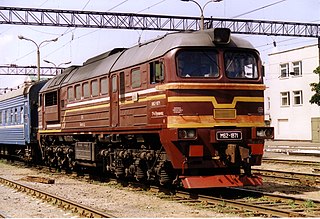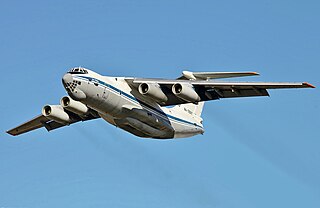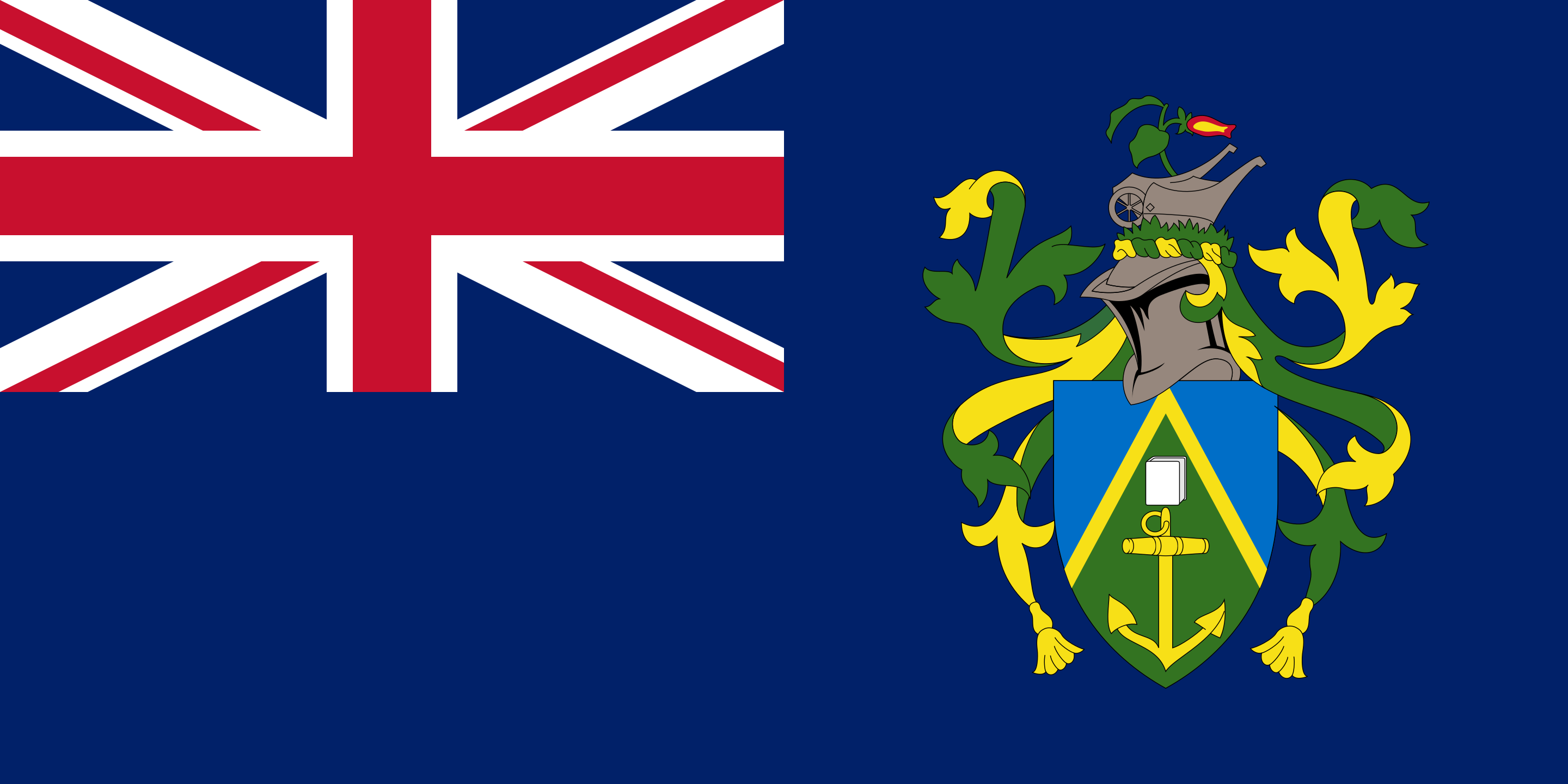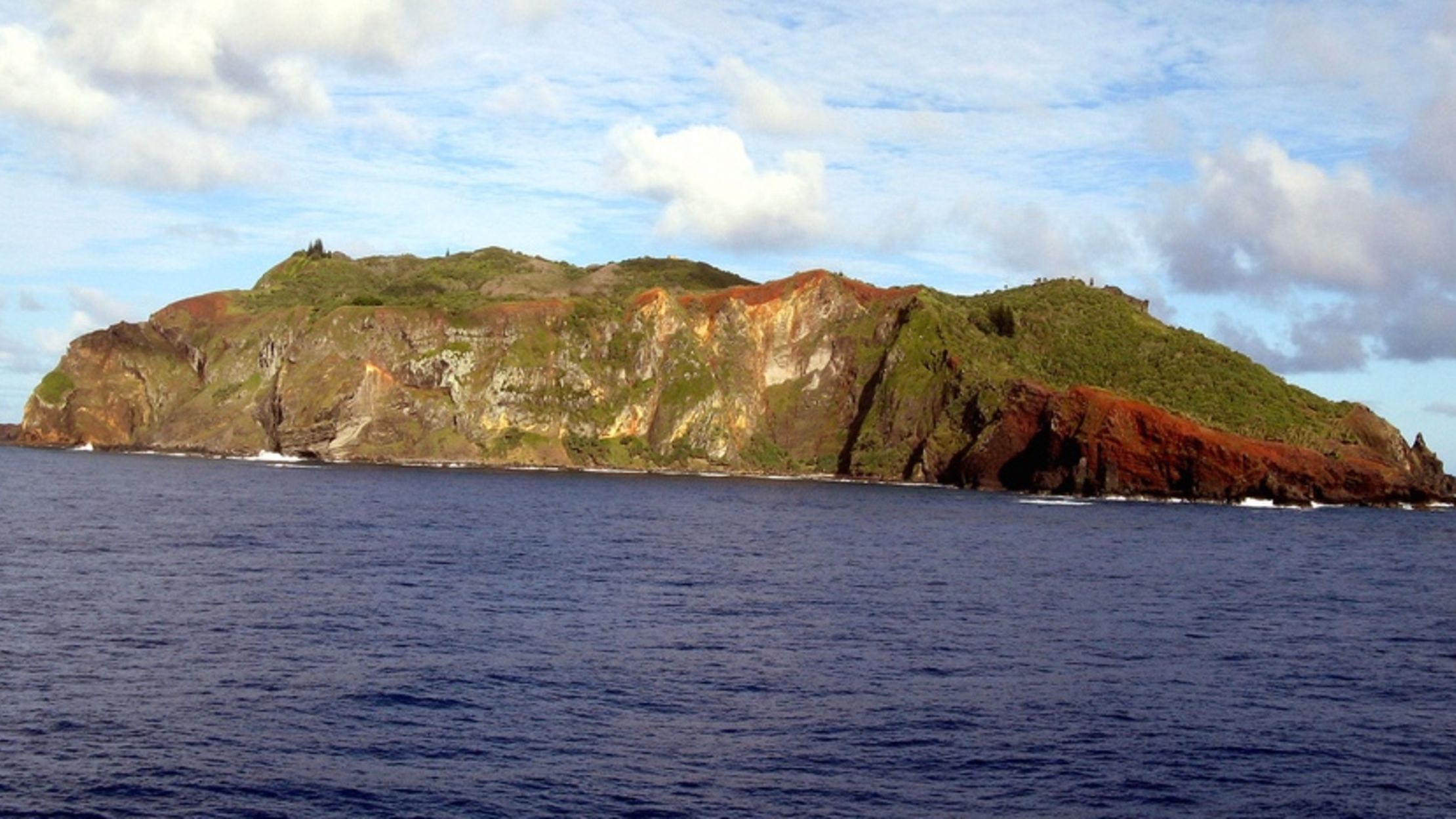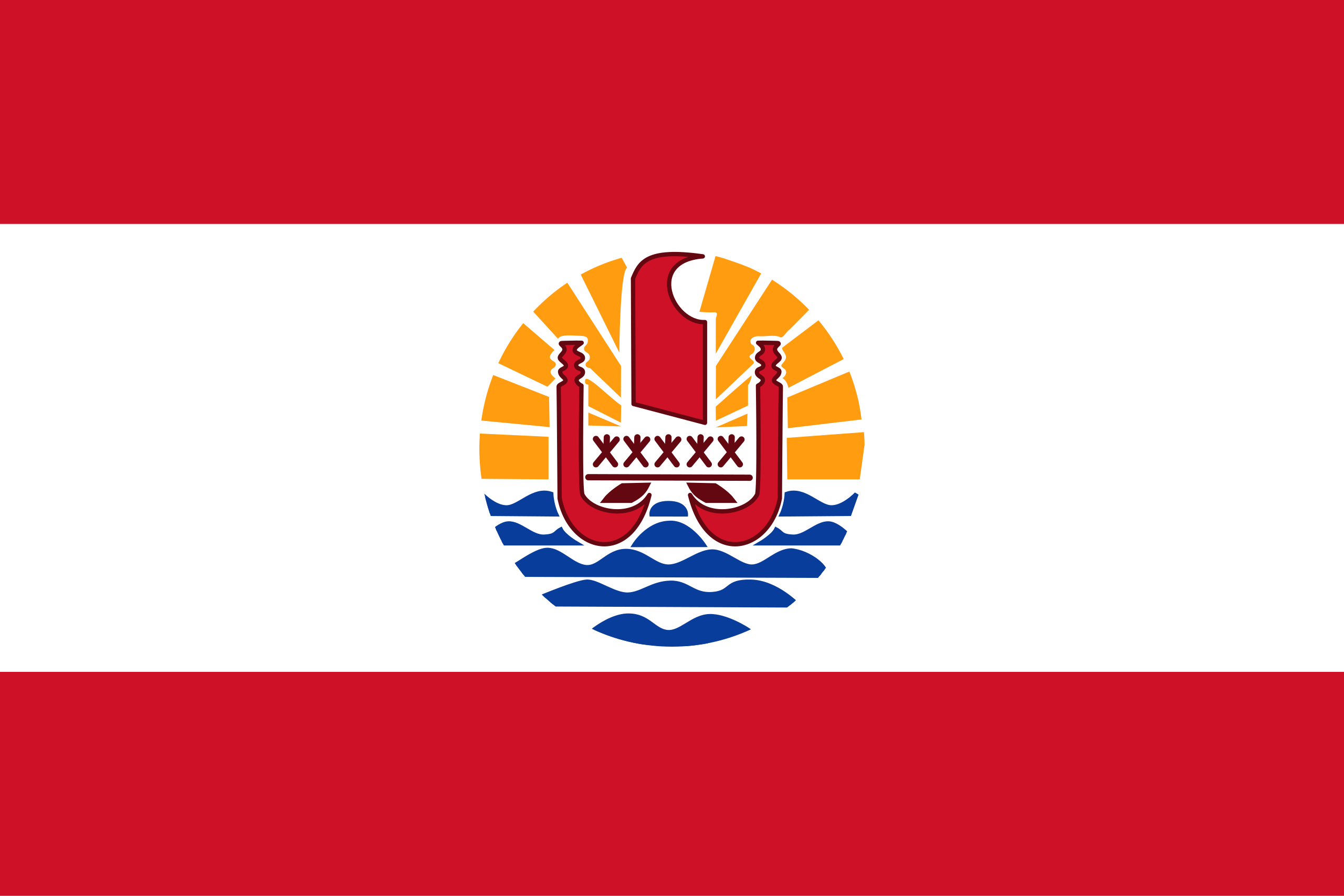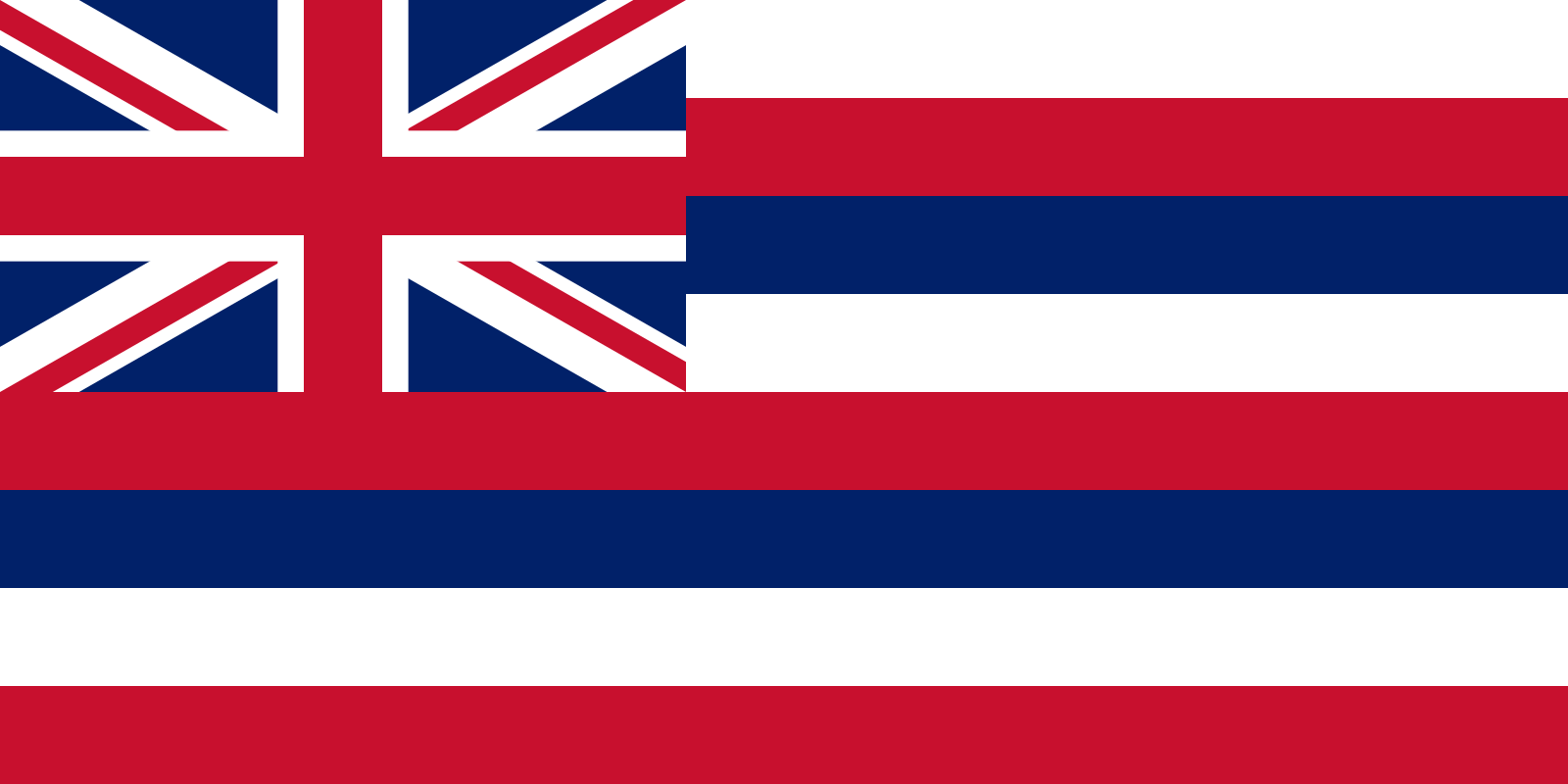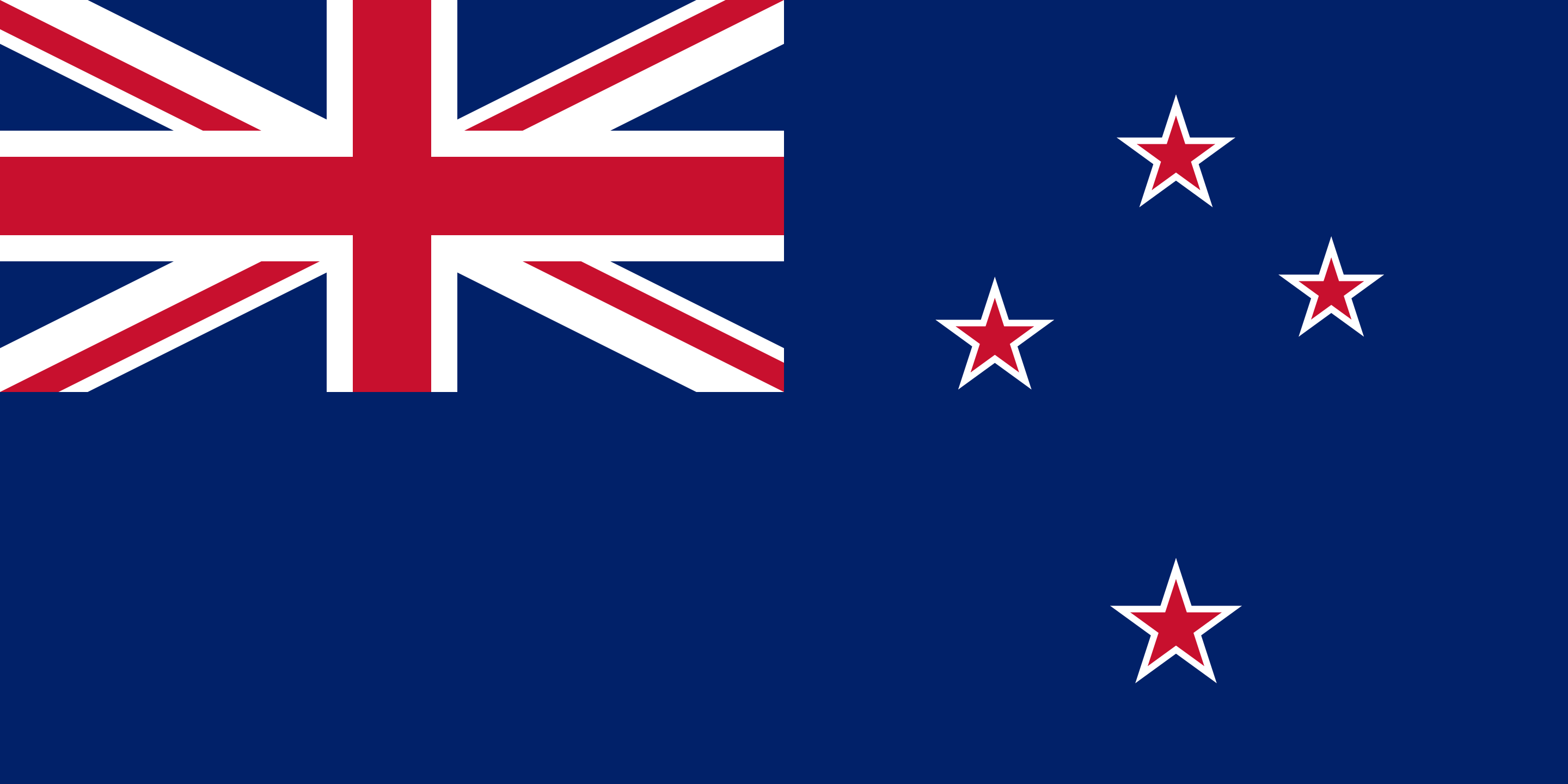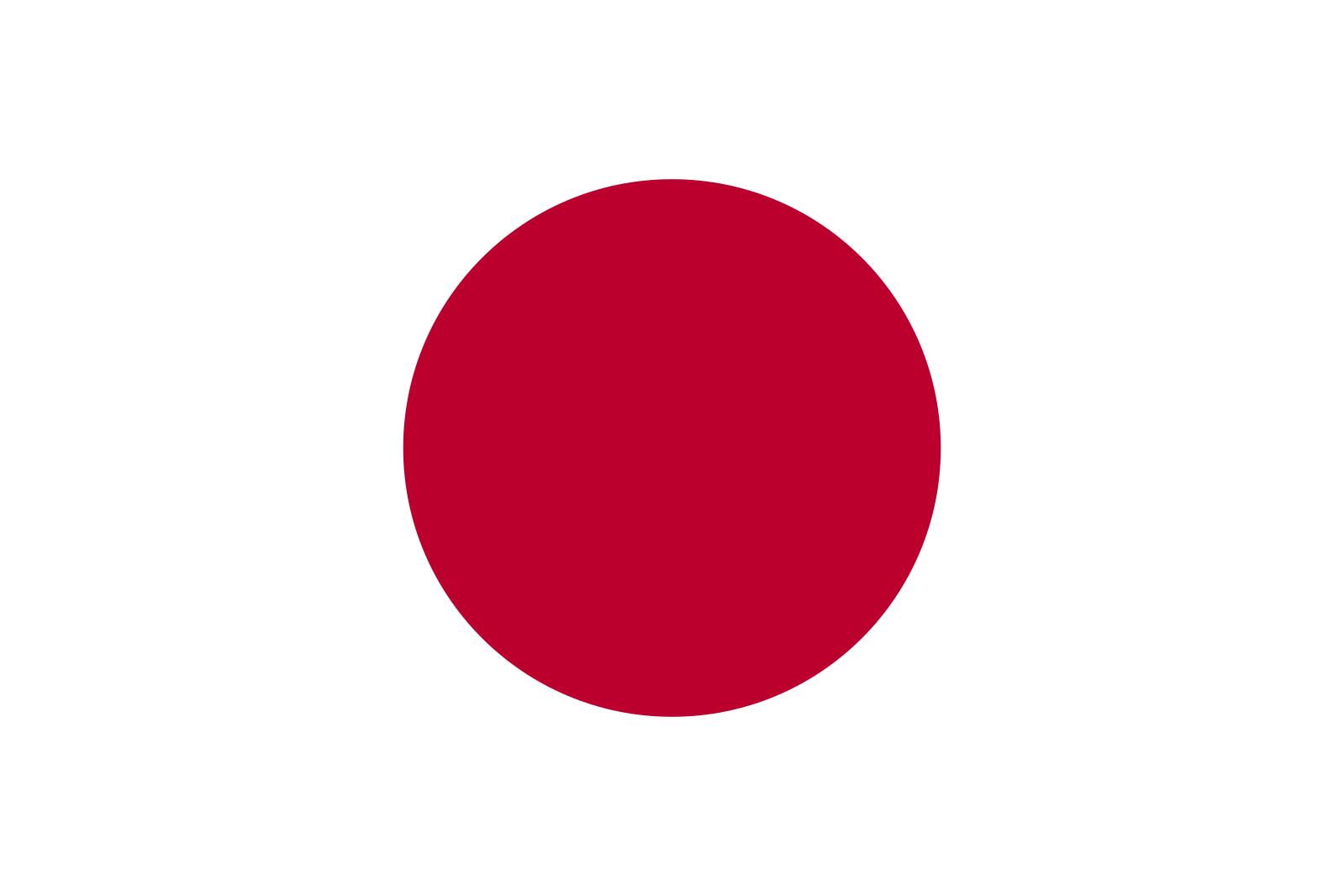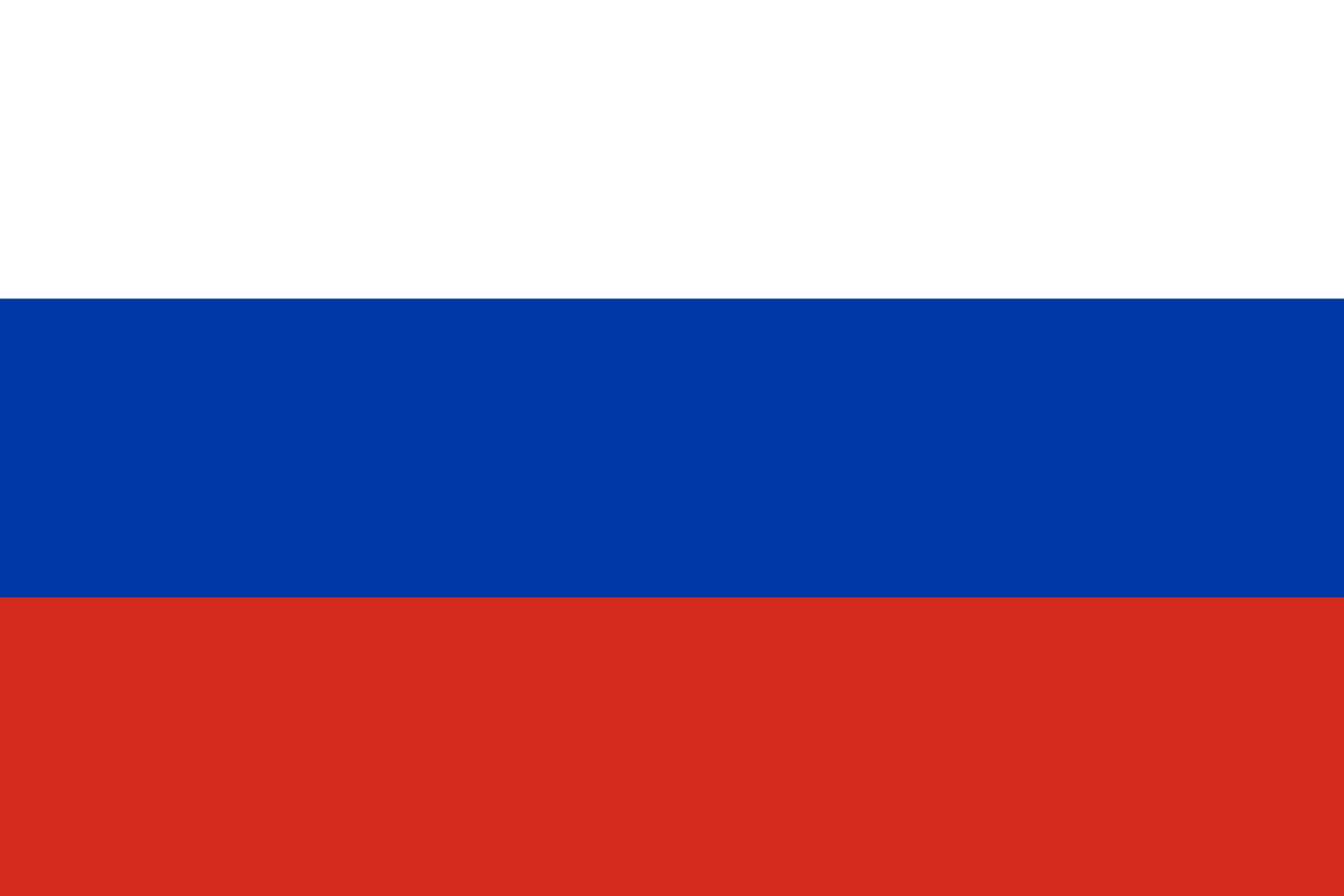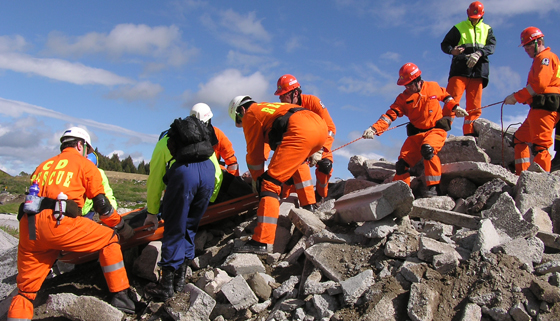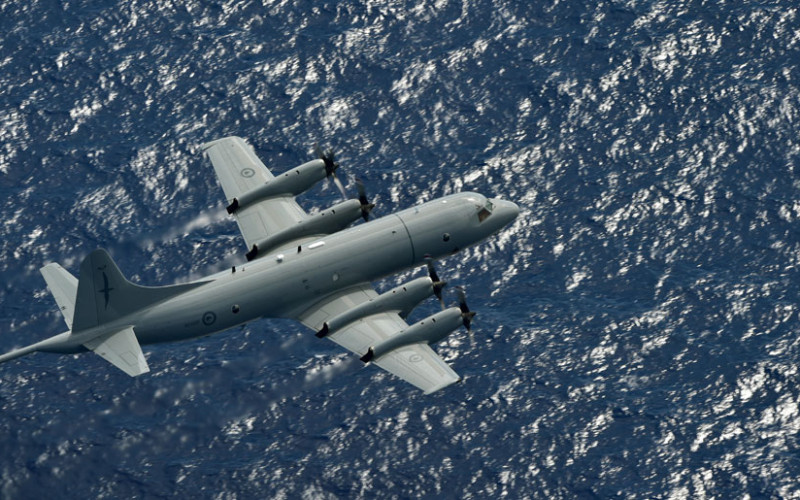- Jul 12, 2018
- 10,525
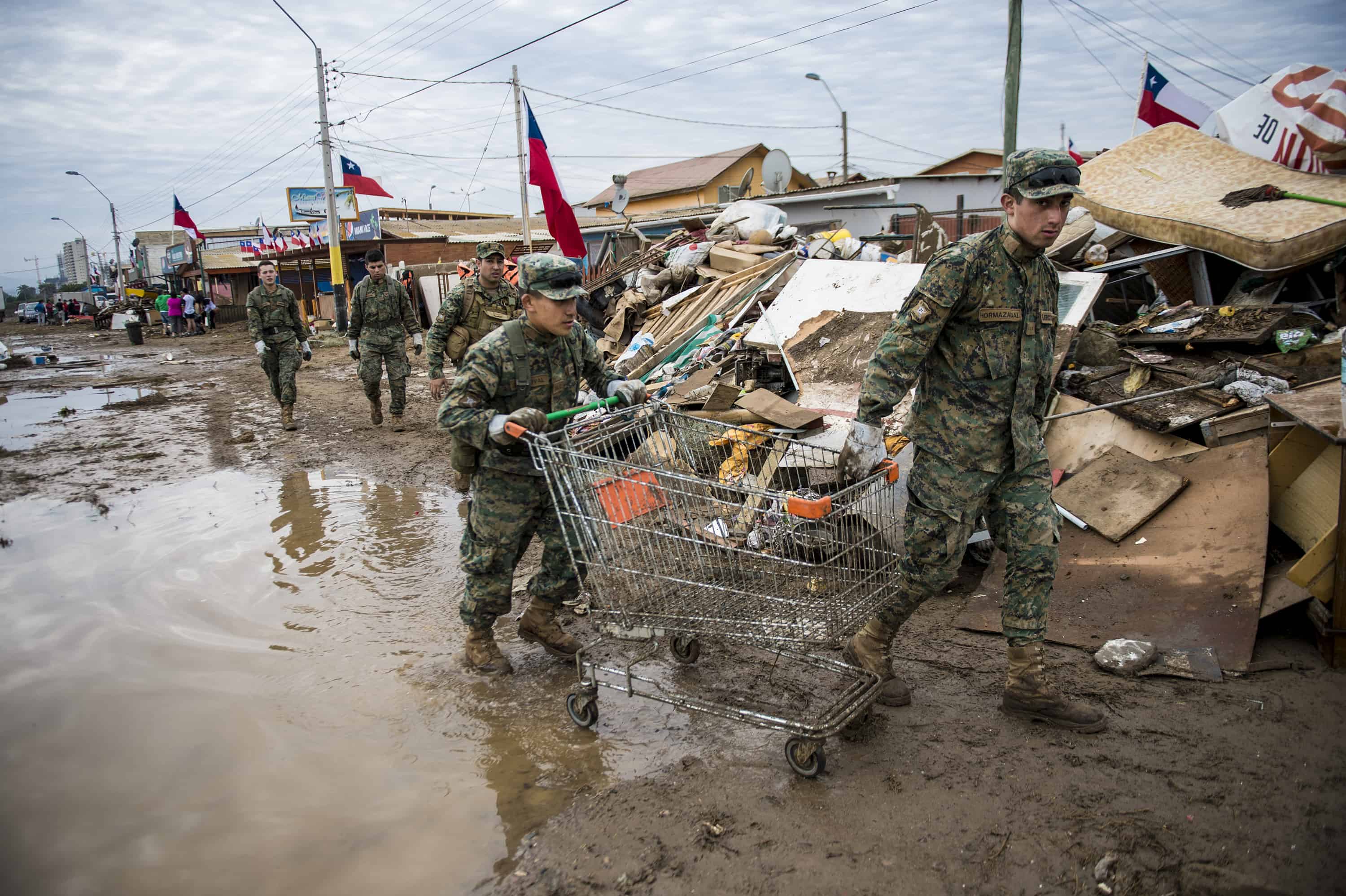
Chilean armed forces responding to the earthquake and flooding the morning after.
Late in the night in southern Chile, the Earth unleashed an incredible tremble. Hundreds of millions of tons of earth and rock scraped down another part of the Earth as an unfathomable amount of potential energy was converted into kinetic energy. The earthquake was in a rather isolated part of the Chilean coast, but the powerful trembles still did immense damage to that area of the country. Almost everyone in the country could feel the earthquake, and it was detectable throughout most of South America. It was accurately measured as a 9.6 on the Richter Scale. Unlike a similar earthquake in 1960 that caused a massive tsunami throughout the entire coast of Chile, the conditions were just right this time so that the incredible amount of energy was transferred out to sea in a way that would have a minimal effect on the Chilean coast. Instead, even more devastation would be wrought elsewhere. The devastating earthquake in Chile, a country that was no stranger to such disasters, was luckily not close enough to any major population center to kill a large number of people. Despite the damage that was done, it seemed that the Chilean government was not entirely devastated and would be able to handle the situation on their own.
The energy from the earthquake was transferred into the sea. It would not take very long for Chilean scientists to alert countries within and around the Pacific that a possible tsunami may be incoming to their area. Now that the information was out, it was up to the Pacific nations of the world to prepare for a possible tsunami. Virtually all of them had less than one day to prepare - that is if their governments even had a plan in place.
@Logan
@Jamie
@Suvorov
@John
@Owen
Last edited:



